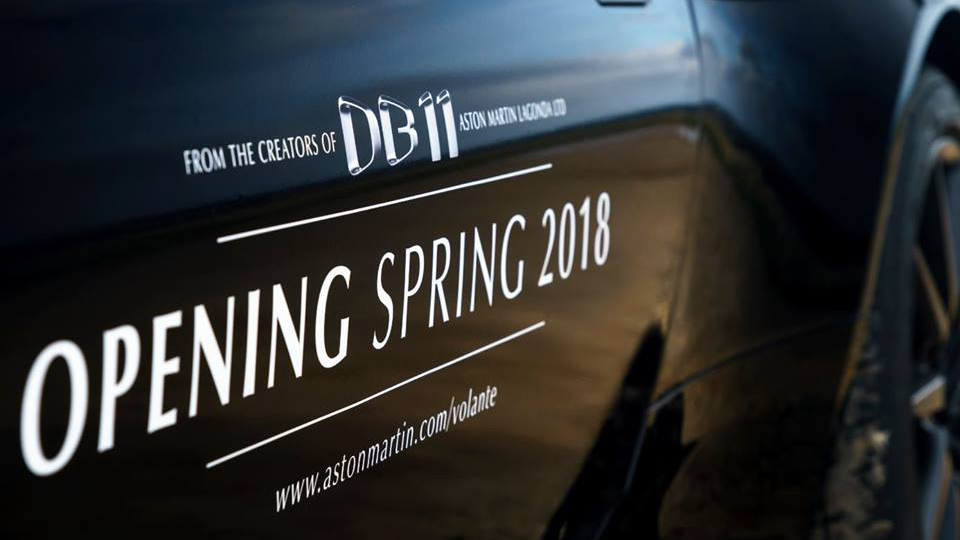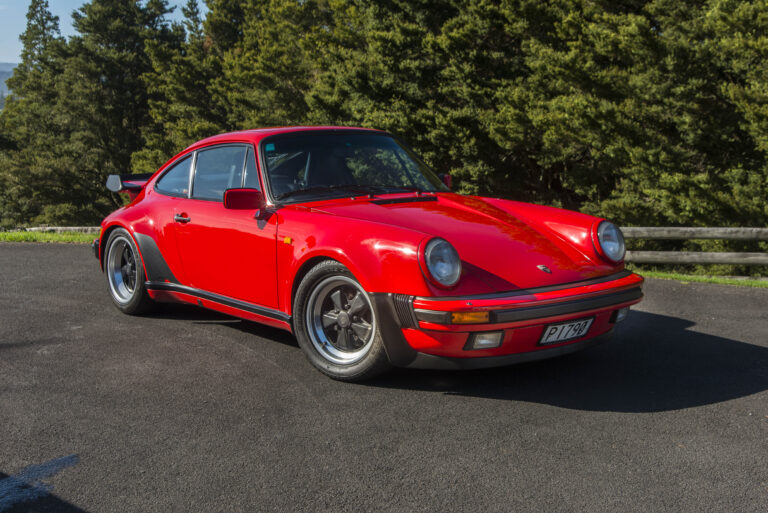data-animation-override>
“Aston Martin has teased images for a 2018 Volante D11, and we’re excited”
In August just gone, we made our way to the Aston Martin DB11 unveil. A NZ$365K, plus on-road costs, was justified by its technology, beauty, and power. Knowing that it’s powered by a newly designed 5.2-litre twin-turbocharged V12 engine, it’s sure to be the most powerful ever, with 600hp and a stump pulling (not that you would) 700Nm of torque. This equates to a gorgeous tourer that will top out at 322kph and jet to 100kph from a standstill in just 3.9 seconds. After 103 years in the automotive game, it’s safe to assume that they know a thing or two by now.

Just recently, Aston Martin dropped three images onto their Facebook page — three images of a DB11 with a soft-top. Printed on the side of the vehicle was ‘Opening Spring 2018’.
Aesthetically, the DB11 Volante looks to feature the same DB11 rear end we’ve already seen, but they didn’t photograph the front of the vehicle, leading us to speculate there might be a few subtle changes.

The Volante will no doubt be a little slower than the coupe DB11, and a little more expensive, too. We’re expecting Aston Martin to release official images in the coming months, so we’ll keep you posted.


